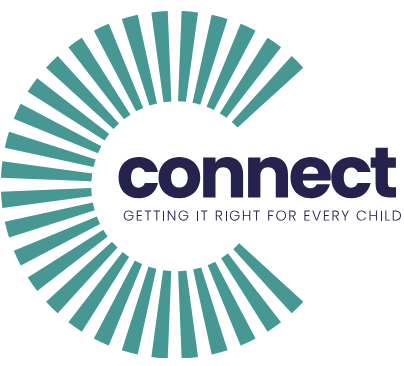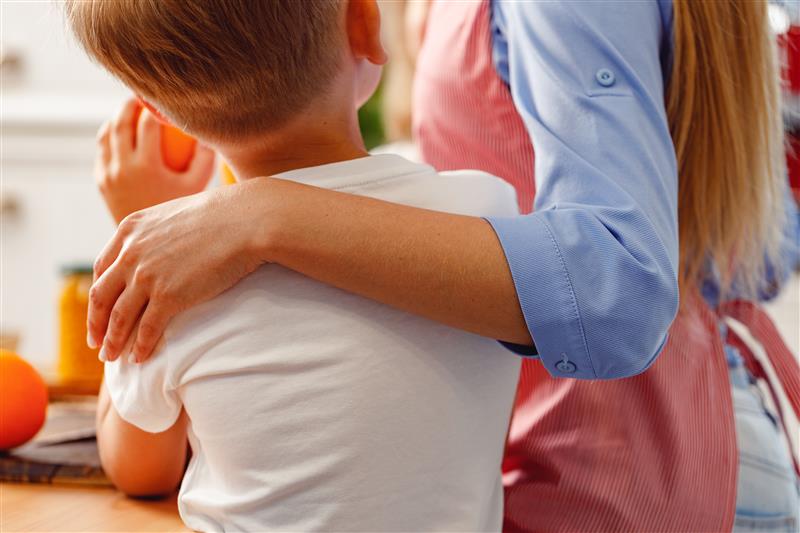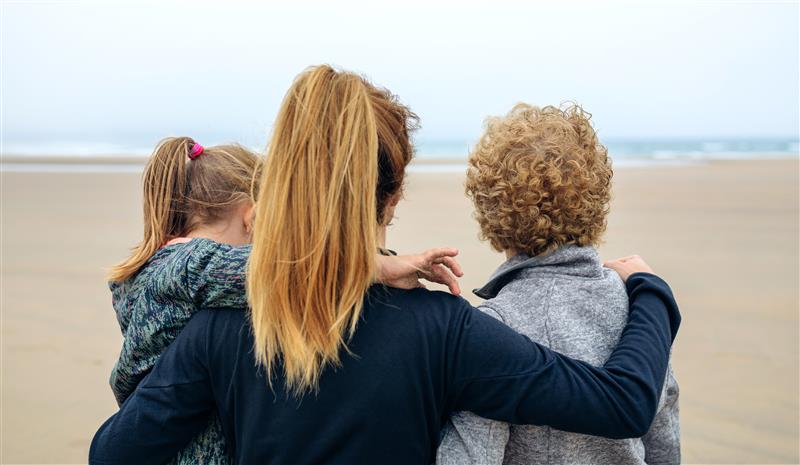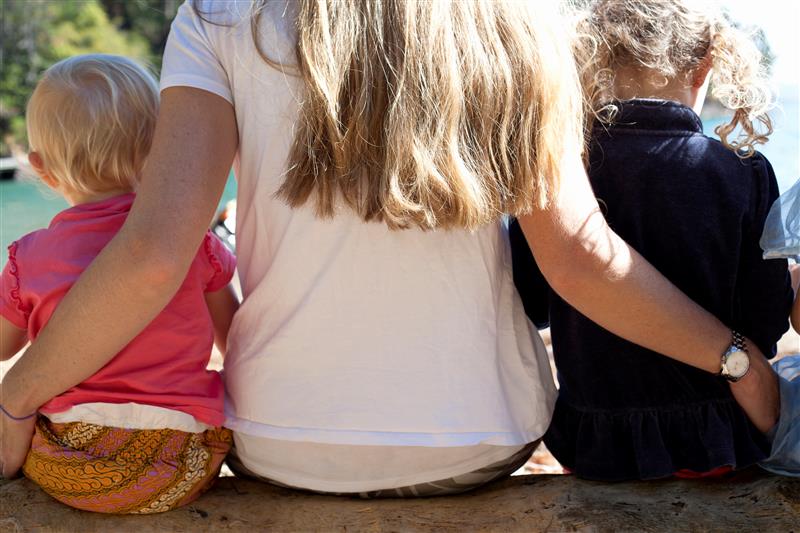The ‘Included’ element of the SHANARRI wellbeing indicators focuses on ensuring that every child feels valued, accepted, and part of their community. Under the Getting It Right for Every Child (GIRFEC) framework, inclusion plays a vital role in fostering a sense of belonging and confidence.
What Does ‘Included’ Mean?
Being included means that children and young people can fully participate in their family, school, and community life. It’s about removing barriers—whether physical, social, or emotional—that might prevent them from accessing opportunities or feeling accepted.
Why Inclusion Matters
Inclusion helps children:
- Build confidence and self-esteem
- Develop social connections and friendships
- Feel valued and recognised as individuals
- Access opportunities that support their growth and development
When children feel included, they are more likely to engage positively with those around them and reach their full potential.
How GIRFEC Promotes Inclusion
- Removing Barriers: GIRFEC identifies and addresses challenges—such as poverty, discrimination, or lack of resources—that may prevent children from feeling included.
- Collaborative Approach: Professionals work together with families and communities to create inclusive environments for children.
- Encouraging Participation: GIRFEC ensures that children’s voices are heard and that they are given opportunities to contribute meaningfully to decisions.
By focusing on inclusion, GIRFEC ensures that no child is left behind, creating stronger communities where everyone feels they belong.




